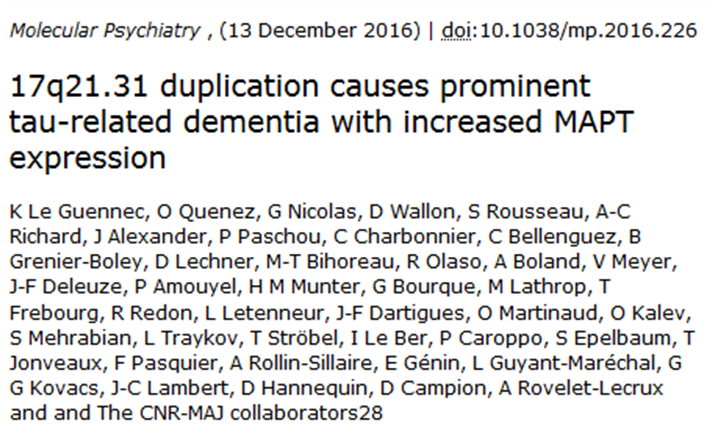Drug researchers have identified several new biological markers to measure the progression of the inherited neurodegenerative disorder Huntington’s disease (HD). Their findings, published in the Journal of Experimental Medicine, could benefit clinical trials that test new treatments for the disease.
One of the earliest events in HD is that mutant huntingtin aggregates disrupt the function of mitochondria, lowering cellular energy levels and causing oxidative damage. The researchers set out to identify markers of HD in non-neural tissues that could be used to track the progression of the disease and its response to P110 or other candidate drugs.
The team found that the levels of mitochondrial DNA, presumably released from dying neurons, were increased in the blood plasma of mice that were starting to develop the symptoms of HD. In contrast, mitochondrial DNA levels decreased at later stages of the disease. P110 treatment corrected plasma mitochondrial DNA back to the levels seen in healthy mice.
The researchers identified several other potential biomarkers that were elevated in HD model mice, including the levels of 8-hydroxy-deoxy-guanosine, a product of oxidative DNA damage, in the urine and the presence of mutant huntingtin aggregates and oxidative damage in muscle and skin cells. The levels of each of these biomarkers were reduced by P110 treatment.
It remains to be seen whether all of these biomarkers are reliable indicators of HD in humans. The team found, however, that mitochondrial DNA levels were significantly elevated in plasma samples from a small number of HD patients.
Paper: “Potential biomarkers to follow the progression and treatment response of Huntington’s disease”
Reprinted from materials provided by Rockefeller University Press.

